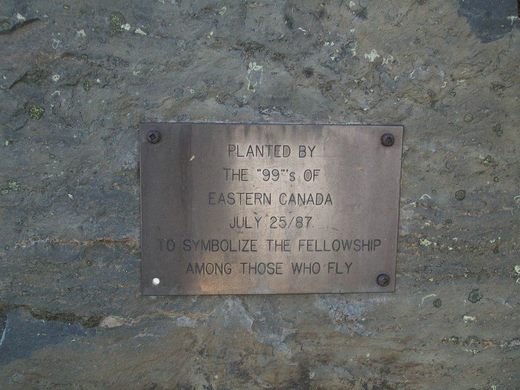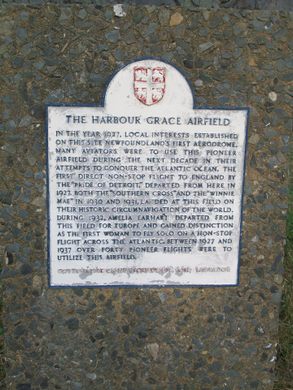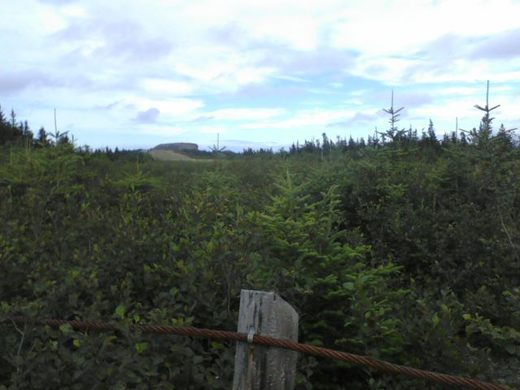Earhart Airfield
From this isolated strip of land in Newfoundland, Amelia Earhart became the first woman to fly solo across the Atlantic.
In 1932, flying across the Atlantic, alone and all in one go, was still risky. The first nonstop Atlantic flight had been completed less than 15 years earlier, in 1919. It began in St. John’s, Newfoundland, and ended in Clifden, Ireland. When Amelia Earhart decided to make the flight, no woman had ever done it alone.
Earhart had flown across the Atlantic before, in 1928, but as a passenger. “I was just baggage, like a sack of potatoes,” she told the flight’s organizer. “Maybe someday I’ll try it alone.”
In May of 1932, she did. She left from this airfield in Harbor Grace, Newfoundland, and a little less than 15 hours later, after a long and difficult flight, she landed in Northern Ireland.
There’s a simple reason why so many early aviators started their trans-Atlantic crossings from Newfoundland—it’s about as close to Europe as you can get. Outside of St. John’s at Cape Spear, there’s a point that goes further east into the Atlantic than any other in North America. Flying from Newfoundland meant crossing the Atlantic by the shortest route possible.For more information and pictures of Earhart [and others!], visitors should check out the Harbour Grace Museum on Water Street.
Know Before You Go
Earhart Airfield is up a series of gravel roads from downtown Harbour Grace—there are occasional blue signs that point the way. The airfield is right next to a field of horses. The Earhart statue is in a park in downtown Harbour Grace. [Look for the plane.]Getting to the field is an adventure in itself. You will be driving on dirt roads which are barely maintained. The route via Bannerman Lake Road is difficult to find - it twists back and forth and around and you will keep thinking you're lost. If you've never been to Hr. Grace before, your best option is to take Lady Lake Road, stay on it when it turns to dirt, and when you reach the fork, bear leftish/straight. [The right fork goes to the lake.] Earhart Road will be on your left, first turn. If nothing else, you can see the big hill from the road.NOTE: As of 2012, the airfield was in a very neglected state. About 2/3 of the strip is overgrown with brush. Goats and horses are turned out to keep down the grass, so watch your step! The strip is demarcated by a steel cable and train rail fence, which you won't see much of, but be wary should you, in frustration, charge for the field through the brush! The cable is inch thick and hangs between 1 foot and 3 feet off the ground, and is extremely painful to run into.
































Follow us on Twitter to get the latest on the world's hidden wonders.
Like us on Facebook to get the latest on the world's hidden wonders.
Follow us on Twitter Like us on Facebook